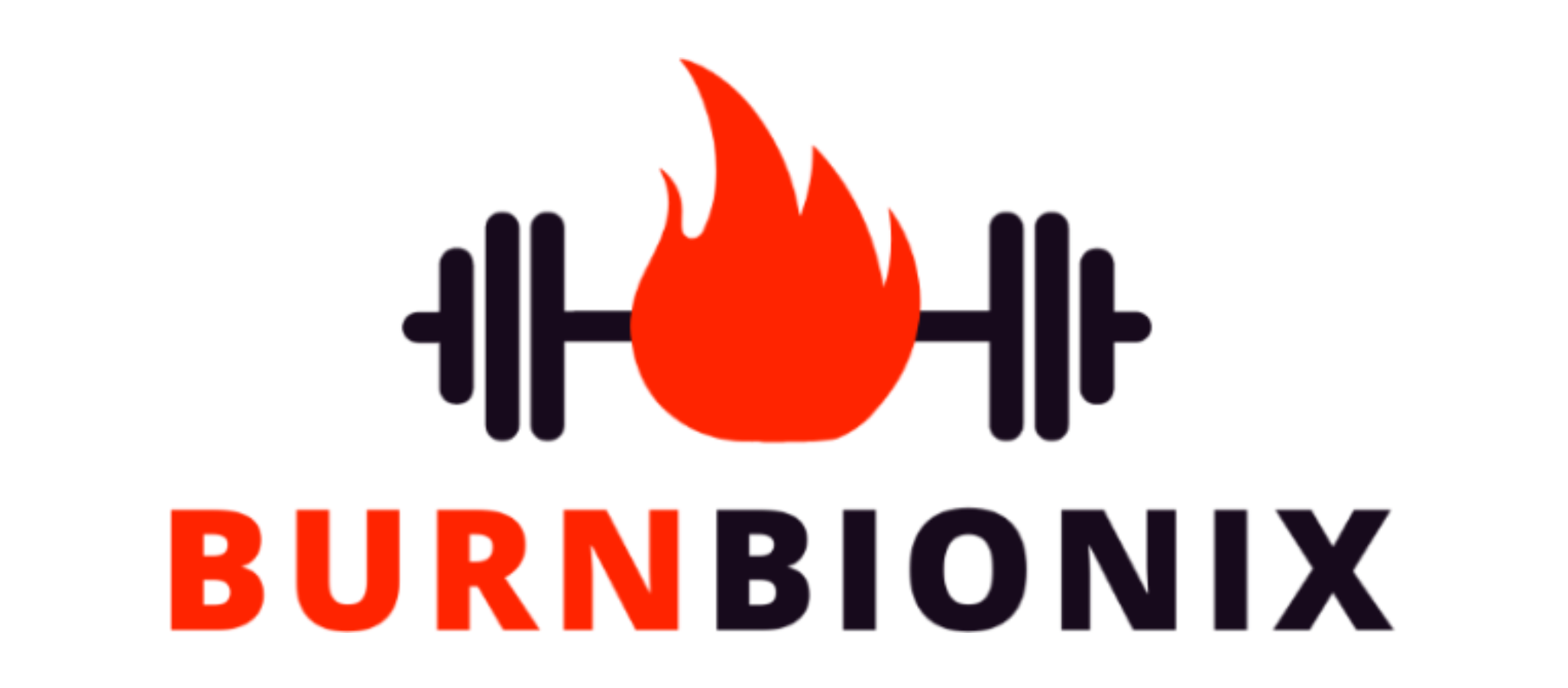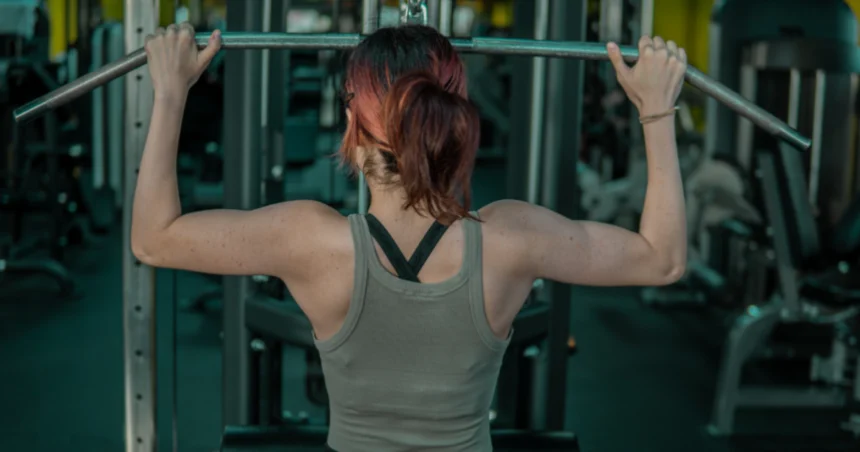If you’re looking to build a wider, more muscular back without mastering pull-ups, the lat pulldown is the exercise for you. This seated move targets the lats, allowing you to isolate the largest upper back muscle responsible for that coveted V-taper. Keep reading to master form, grip variations, and how to maximize hypertrophy from this mass-building staple.
Essential Steps for Perfect Lat Pulldown Form
Mastering proper form is key to maximizing the effectiveness of the lat pulldown and fully activating the lats. Follow these essential techniques for each step of the movement.
Setup & Starting Position
When setting up for the lat pulldown, first adjust the knee pad to fit your height. Sit up straight with a small arch in your lower back, feet flat on the floor.
Grip the bar with hands slightly wider than shoulder-width apart using an overhand grip. Arms should be angled forward 15-20 degrees with elbows pointing outward. Position your torso upright as the bar hangs directly in front of your chin.
Grip Details
Using a wide, overhand grip targets the lats optimally during the pulldown. Avoid gripping the bar too narrow or too wide. Keep hands shoulder-width apart or slightly wider.
Maintain a firm grip with palms facing forward and knuckles pointing upward. This knuckles-up position engages your lats throughout the movement.
Executing the Movement
Initiate the movement by pulling your shoulders and upper arms down and back. Keep your torso upright and elbows pointed outward as you bring the bar to your upper chest below the collarbone.
Pause and squeeze your lats at the bottom of the movement, then slowly raise the bar back to the starting position with control. Avoid using momentum or swinging the torso.
Grip Variations & Their Impact
Using a wide overhand grip targets the lats most effectively. Gripping the very ends of the bar puts more emphasis on the shoulders and traps.
Play with different hand positions to alter muscle activation. But a wide overhand grip engages the lats best for a complete contraction.
Tips for Effective Lat Pulldown
Perform reps slowly and with control. Avoid using momentum or speed.
Prevent arms from taking over by keeping elbows fixed in place pointed outward. Isolate the lats.
Try a straight-arm pulldown to eliminate arm involvement completely. This emphasizes the lats.
Popular Variations of Lat Pulldown
Variety is the spice of life, and the world of fitness is no exception. Diversifying your workout routine keeps things fresh and challenges your muscles in new ways. Let’s explore some popular variations of the classic lat pulldown.
Underhand Shoulder-Width Grip
Using an underhand grip with hands shoulder-width apart puts more focus on the biceps and upper back. This grip mimics the chin-up and hits the lats, biceps, and brachialis similar to a chin-up.
The underhand grip forces the biceps to work harder as you pull the bar down. It also increases activation of the lower and mid traps. This adds variety and hits the back from a different angle.
Resistance Bands Lat Pulldown
Attaching resistance bands to the lat pulldown bar adds constant tension through the full range of motion. This increases time under tension for greater muscle growth.
The bands place more load on the lats during the contracted bottom position. Bands allow you to overload the top position as well for a complete lat workout.
The Significance of Lat Pulldown in Strength Training
Building Pull-up Strength
The lat pulldown is an excellent exercise for building the necessary lat strength to perform pull-ups. As you build your lat strength with pulldowns, your ability to lift your bodyweight during pull-ups improves.
Do higher rep pulldowns with lighter weight to increase endurance. Lower reps with heavier weight builds the raw strength required for pull-ups. Include both rep ranges.
Isolating and Enhancing Back Musculature
The lat pulldown provides greater lat activation than any row or pull exercise. This makes it invaluable for targeting the hard-to-isolate lats for direct hypertrophy.
By using different grip widths, hand positions, attachments, angles, and bars, advanced lifters can shift emphasis to focus on weak points. This allows endless customization.
Final Thoughts
The lat pulldown is clearly an invaluable exercise for developing a strong, sculpted back. Its ability to directly target the lats makes it a must for enhancing back width and that coveted V-taper.
Regularly include the lat pulldown in your back workouts to isolate your lats, build functional strength, and work towards pull-up mastery. Focus on proper form using a variety of grips and styles to reap all the benefits this exercise offers.
Experiment with the techniques covered to find which grip widths, variations, and rep ranges maximize lat activation for you individually. With consistency and intention, the mighty lat pulldown can take your back development to the next level.







